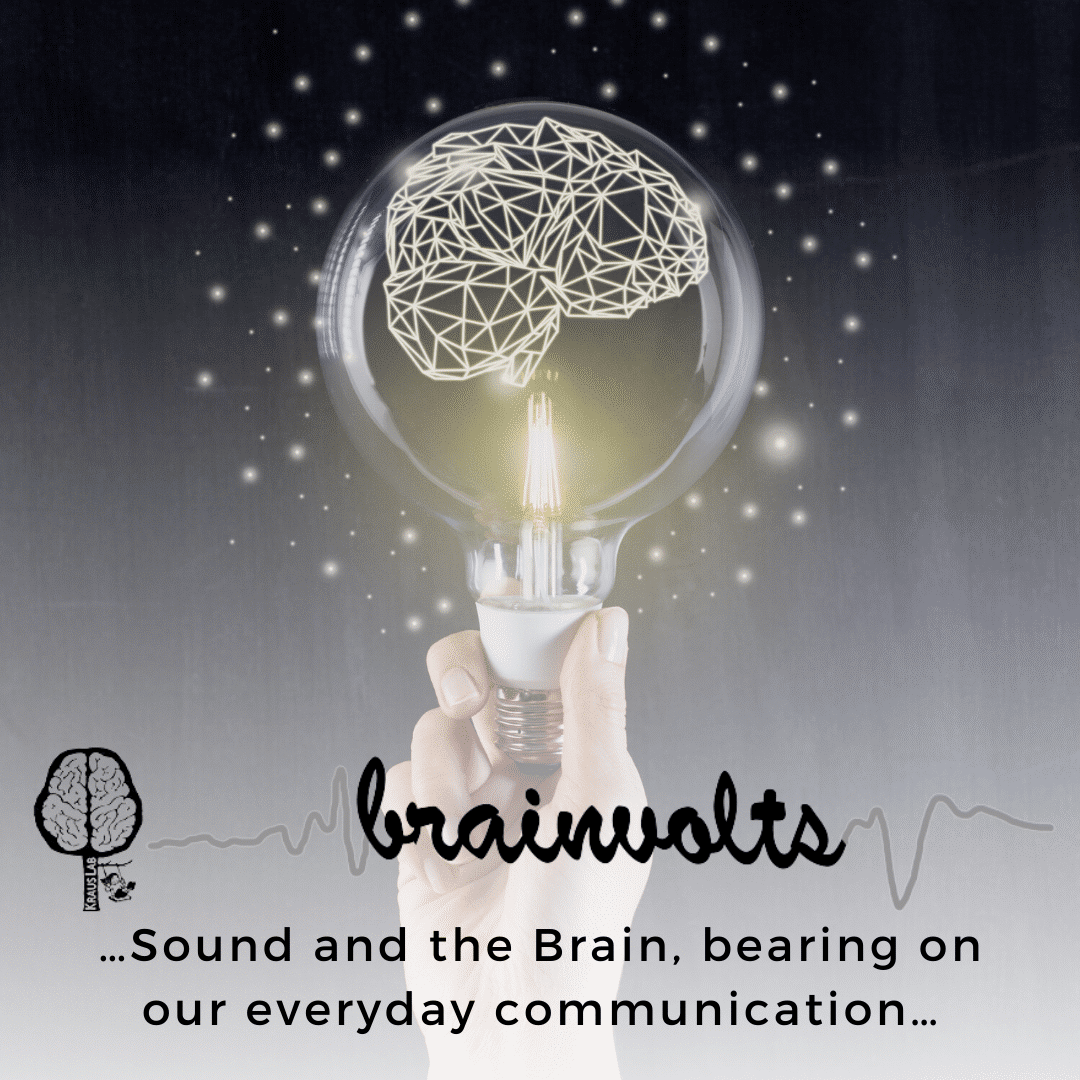Interactive Metronome Featured on The Brainvolts Auditory Neuroscience Laboratory Website

Dr. Nina Kraus leads a diverse team of researchers and clinicians at The Auditory Neuroscience Laboratory (Brainvolts) as they investigate the way brains process sounds, finding that auditory ability is a strong indicator of brain health.
Through studies involving thousands of research participants from birth to age 90, they have found that our lives in sound, for better (musicians, bilinguals) or worse (language disorders, noise, hearing loss), shape the biological infrastructure of the auditory system.
One of the topics Brainvolts focuses on is Music and Rhythm – Neural Encoding of Music. Rhythm helps organize events into predictable and coherent patterns. In music, rhythm is the primary element that creates the perception of time. In speech, rhythm helps us select and extrapolate phonemes, syllables, words, and phrases from an ongoing speech stream. Having good rhythmic skills, therefore, appears to be essential not only for music or dance but also for language and communication skills. Repetition and accurate rhythm are a key factor in order to maximize neuroplasticity, the ability to change our brains.
According to Dr. Nina Kraus, rhythm is complicated, there are several rhythm intelligences, & Interactive Metronome, by itself, impacts all of these vital rhythms that are so important to the development of language and literacy.
Brainvolts has discovered how to measure the biology of auditory processing with unprecedented precision. Together they extend science beyond the laboratory to schools, community centers, and clinics.
Using the principles of neuroscience to improve human communication, the Brainvolts team advocates for best practices in education, health, and social policy.
Learn More about Brainvolts at https://brainvolts.northwestern.edu/


